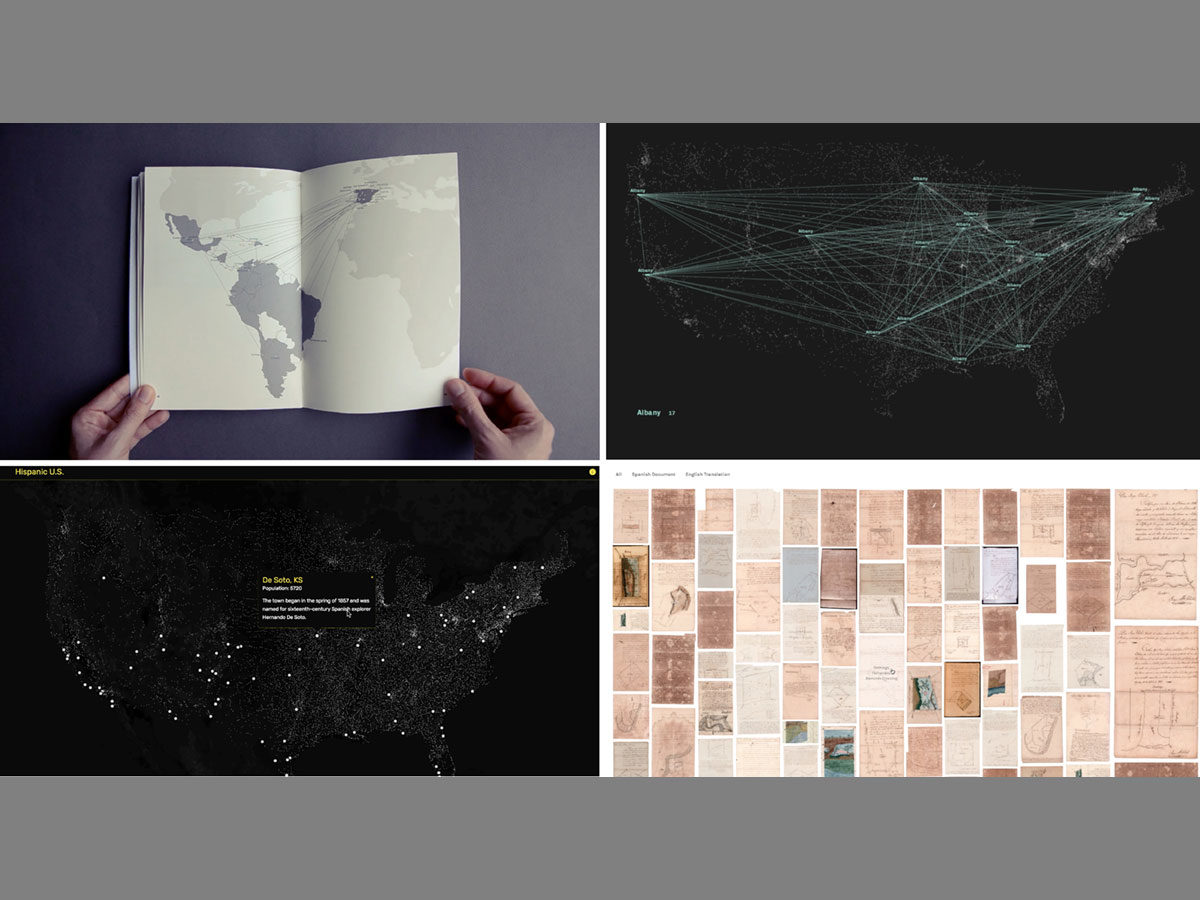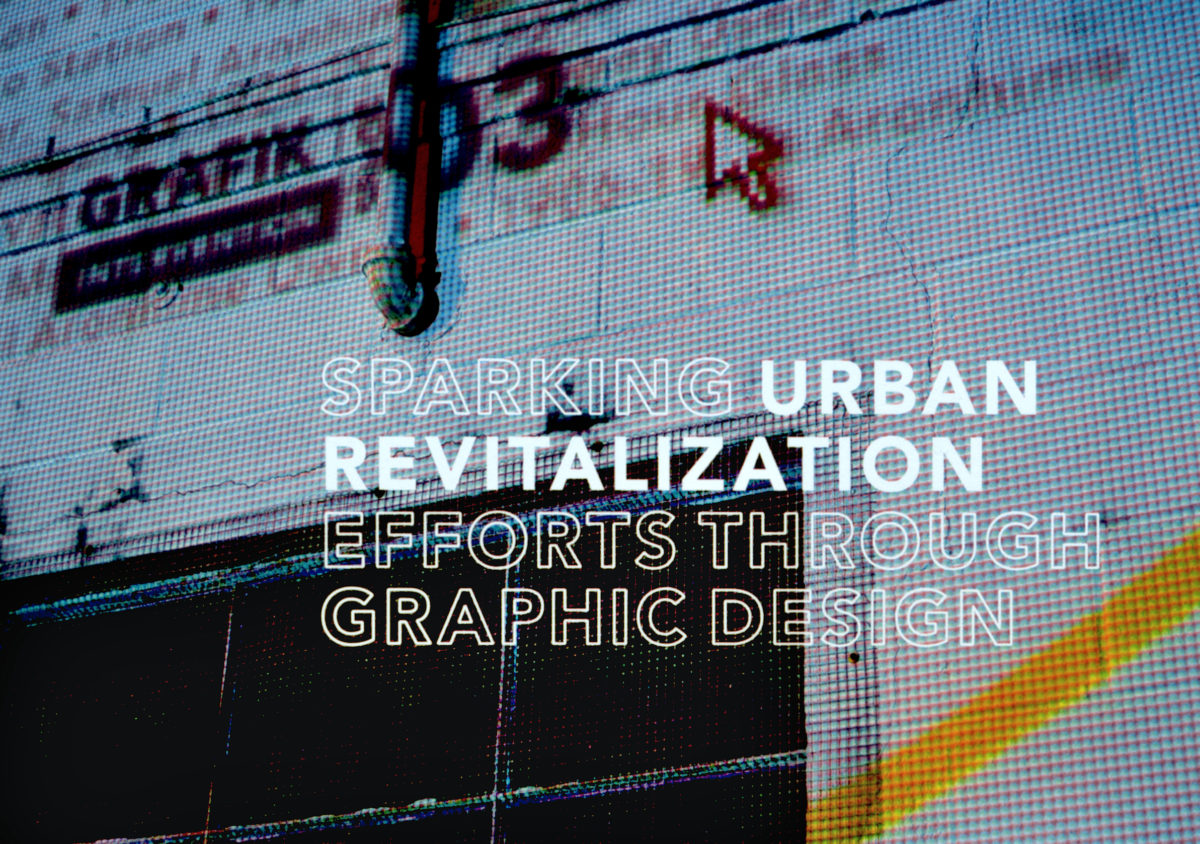Dori Griffin
Assistant Professor
University of Florida
Writing, like design and design education, is an iterative process which benefits from informal peer critique. Type Specimens: A Visual History of Typesetting & Printing (Bloomsbury Academic, forthcoming December 2021) is a global narrative of typographic history. It considers the problem of typography as a tool of capitalism and colonization and — according to Reviewer Two — “irresponsibly shows beginners too many [global] examples that aren’t canonical.” The Cary Fellowship at the Rochester Institute of Technology and the Design Incubation Fellowship, among others, have supported its development. Throughout, social media played a key role as a process tool in the book’s research-writing-design. This approach echoes how designers and educators deploy informal peer critique in the studio as a community-driven teaching and learning tool. This presentation explores how social media can support meaningful design-writing scholarship. This process relies on steps familiar to designers: problem identification, research, and the cyclical process of iteration, making, and user testing. As design develops a disciplinary literature of its own, designers can bring visual ways of knowing and learning to the process of writing our own diverse and often previously unknown histories. We can leverage tools seemingly alien to the scholarly writing process: sketching, informal peer critique, and social media texts, images, and discussions. I’ve approached Type Specimens as a project framed by code-switching and multilingual text production; the visual is, after all, a set of languages. Social media has been a powerful tool to fuel and document this process. This presentation shows that journey.


